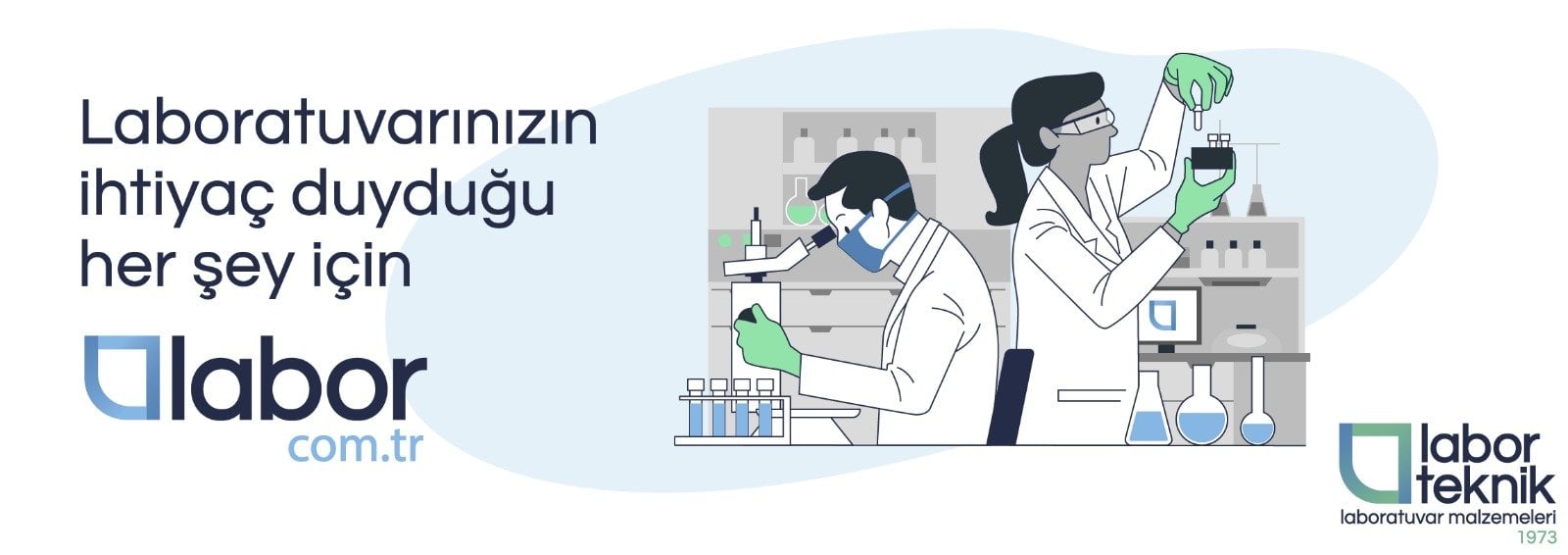Sigma-Aldrich 8.21881 Polyethylene glycol 10000 for synthesis 5 kg
Kategori
Marka
Stok Kodu
LB.SA.8218815000
Kısa Bilgi
Synonyms: Polyglycol, Polyethylene oxide, Polyoxy ethylene, PEG 10000 CAS #: 25322-68-3 EC Number: 500-038-2 Molar Mass: 9000 g/mol
Bilgi
CAS Number: 25322-68-3
| Sigma-Aldrich 821881 Polyethylene glycol 10000 for synthesis 5 kg |
| Synonyms: Polyglycol, Polyethylene oxide, Polyoxy ethylene, PEG 10000 CAS Number: 25322-68-3 Linear Formula: H(OCH2CH2)nOH EC Number: 500-038-2 Molar Mass: 9000 g/mol |
|
PROPERTIES
Quality Level 200
vapor pressure <0.01 hPa (20 °C)
form liquid
autoignition temp. 340 °C
potency 28000 mg/kg LD50, oral (Rat) >20000 mg/kg LD50, skin (Rabbit)
pH 5-7 (20 °C, 100 g/L in H2O)
kinematic viscosity 500-900 cSt(20 °C)
mp 58-63 °C
transition temp flash point 265 °C
density 1.2 g/cm3 at 20 °C
bulk density 400‑500 kg/m3
storage temp. no temp limit
SMILES string C(CO)O
InChI 1S/C2H6O2/c3-1-2-4/h3-4H,1-2H2
InChI key LYCAIKOWRPUZTN-UHFFFAOYSA-N
DESCRIPTION General description Polyethylene glycol (PEG) is a synthetic, hydrophilic, biocompatible polymer that has a wide range of uses in PEGylation, surface conjugation, nanoparticle coating, and crosslinking for hydrogels. PEGs are made by polymerizing ethylene oxide via a ring-opening reaction to produce a wide range of molecular weights and molecular weight distributions (polydispersity). Application Polyethylene glycol 10000 can be used as a surfactant in the synthesis of Ni12P5 hollow microspheres via the hydrothermal method in the presence of hexamethylenetetramine (HMT). PEG 10000 significantly improves the formation of high-quality hollow microspheres, without this surfactant morphology is near-spherical particles.[1] It can also be used as: - A reactant to synthesize N-PEGylated-thiazolium salt, which is used as an organocatalyst for the benzoin condensation.[2] - A nonionic dispersive agent in the preparation Nd2Si2O7 ceramic pigment by a co-precipitation method.[3] |
Tavsiye Ürünler
1.221,40 TL + KDV
1.465,68 TL










